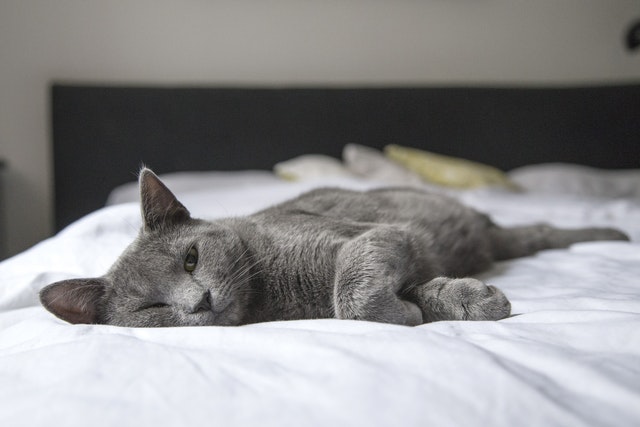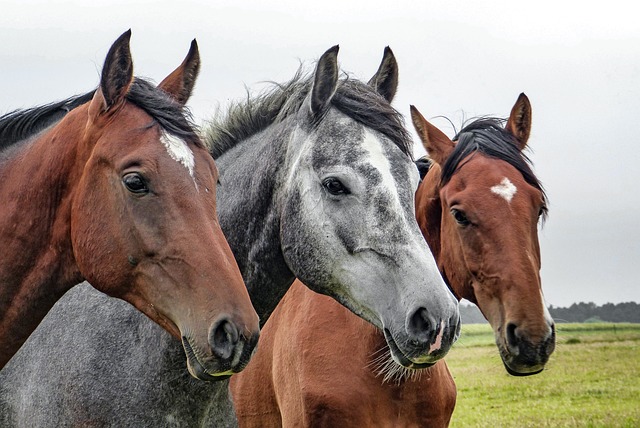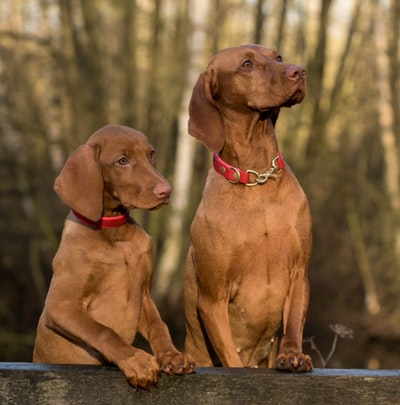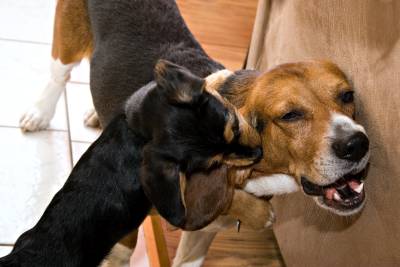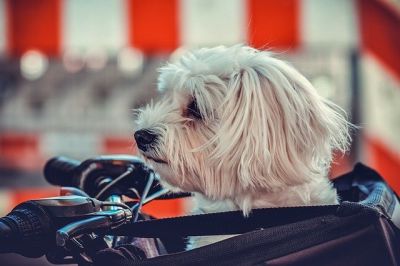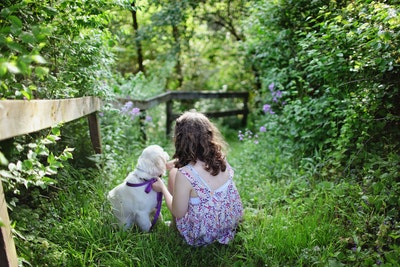Large Dog Collars— What You Need to Know As a Large Dog Owner
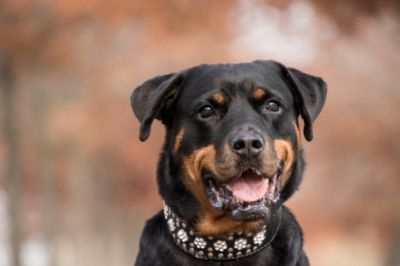 Talk about food quantity, health care expenses, walk and training duration, and a host of others, everything about large dogs is more and big, and collars are no exceptions.
Talk about food quantity, health care expenses, walk and training duration, and a host of others, everything about large dogs is more and big, and collars are no exceptions.
As a large dog owner, you have work cut out for you. Your dog is powerful and energetic, requiring more restraint and control. In light of this, you’d be needing a collar that’s durable and long-lasting.
Picking a strong collar for your dog sounds super easy until you search online for the best large dog collars, and you get an avalanche of search results that do nothing but confuse and paralyze your decision.
Weary from sifting through a plethora of collars to choose from, you randomly pick one and later find out, after some time, that it’s chafing your dog’s skin and causing gradual damage to his trachea. Not a pleasant experience, you’d agree.
Now, how do you choose the right large dog collar? You’d get to know after not very many words from now.
Why Are Dog Collars Important?
Dog collars aren’t just for decoration, although they serve to add a bit of brilliant touch to your dog’s neck.
The real essence of a dog collar is mainly for identification and leash attachment. The former, to increase the possibility of someone returning your dog to you should he get lost. And the latter to keep your dog in check during walks and training.
More importantly, the identification of a dog by its collar is enforced by law in various countries worldwide.
Choosing a Large Dog Collar
The first step to choosing a dog collar is to know your dog’s neck size.
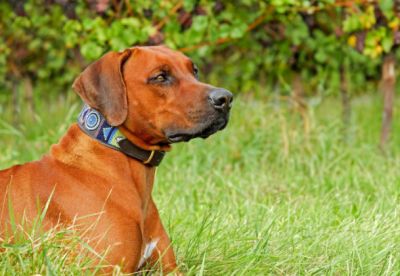 Reason being that there are so many large dog collars out there with varying lengths, and it’s only right to get one that’s not too loose and not too tight. If the collar’s loose, it could slip off your dog’s head, and if it’s taut, it could hurt his neck.
Reason being that there are so many large dog collars out there with varying lengths, and it’s only right to get one that’s not too loose and not too tight. If the collar’s loose, it could slip off your dog’s head, and if it’s taut, it could hurt his neck.
You can get your dog’s neck size by using a measuring tape. You’d find that a shoestring suffices, should you lack a measuring tape at home.
Wrap the measuring tape or shoestring around your dog’s neck, and you should have his size. While doing this, you should take care to leave some space between the tape and your dog’s neck.
You can try fitting two fingers underneath the tape measure to make sure it’s not too tight.
Types of Dog Collars
The type of dog collar to choose depends on your dog’s needs and daily activities. Also, your dog collar type is dependent upon your dog’s level of aggressiveness.
You want a collar that can withstand a powerful dog’s pull. Additionally, having two or more collars for different activities is a wise choice.
Here’s a look at some standard collar options to choose from when shopping.
LED Collars
If you’re a workaholic or a person who only finds time to take your large dog for early morning or late evening walks, you might find a LED dog collar helpful.
LED collars come with flashing lights and reflective materials that glow in the dark.
Cars and pedestrians see the glow and can avoid hitting your dog when you’re walking him. You can also always purchase and add reflectors to most collars if you don’t have a reflective one.
 Leather Collars
Leather Collars
A leather collar is a reliable option if you’re looking for something that serves the purpose of restraint yet promising elegance and style. Famous for durability and classiness, leather collars are a notch costlier than other Custom dog collars.
It would be best if you took care to select only genuine leather when shopping, as there are several knock-offs out there. One cheap alternative to original leather is bonded leather. Bonded leather is a bunch of scrap leathers held together by a bonding agent. Although it may bear similarities to genuine leather, it’s inferior and quick to weather.
Leather collars come in rolled and flat designs. If you have a big furry dog, you should opt for the rolled designs as flat ones cause dogs’ hair to mat. Over time, leather dog collars might start to smell, so you should take out time to clean yours often.
Chain Collars
When you have an aggressive or stubborn dog on your hands, a chain collar might be your foremost consideration. Chain collars are convenient during training sessions where you teach your dog restraint.
But, as you might suspect, they could be dangerous to dogs if not used properly. Inexperienced usage may cause severe injuries to a dog’s neck or, worse, death by strangulation. Use chain collars only during training periods while closely monitoring your dog.
Nylon Dog Collars
The most common types of collars are nylon collars. They’re inexpensive and come in an endless pattern of design and color. Consequently, it’s easy to have an assortment of collars you can choose from for different purposes.
However, the material quality of nylon collars pale compared to those made from leather and don’t last as long. Furthermore, the chemicals used in making a nylon collar may start to irritate a dog’s skin and cause diseases with prolonged use.
That said, change your dog’s collar often to avoid skin allergies.
Bling Collars
If you’re looking to step out and make a statement with your dog’s collar, then the bling collar is your best option. This collar’s use is purely ostentatious.
The dazzling and sparkling rhinestones on the collars are there for one single purpose— to attract attention, and that’s where a bling dog collar with name ID comes in. Since the stones may come off with ease, endeavor to take good care of them, and only use bling collars for dogs only on special occasions.
In conclusion, dog collars are simple accessories you can wear on your dog for identification and leash attachment. Before choosing one, try to know your dog’s needs. The best dog collars for large dogs must be durable and comfortable around their neck.
Also, they’re plenty of dog collars to select for different events. Try to know which collars are the right fit and which aren’t.

